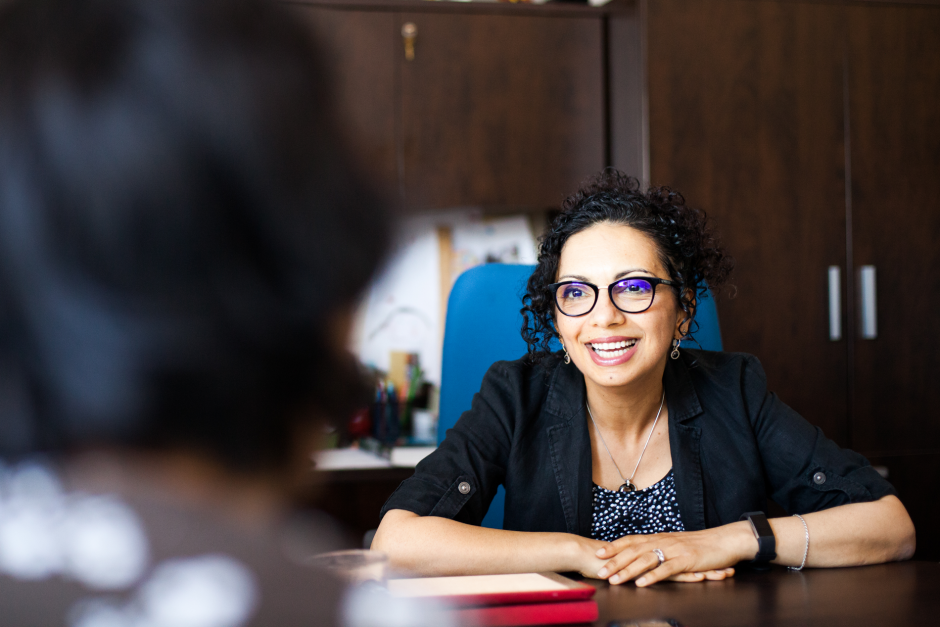Niayesh Afshordi
Niayesh Afshordi is an Astrophysicist whose work spans from Early Universe Cosmology and Quantum Gravity, to Dark Matter, Dark Energy, Extragalactic Astronomy, Large Scale Structure of the Universe, and High Energy Astrophysics. In particular, in his research he looks for potential novel astrophysical probes of fundamental physics. Afshordi received his PhD at Princeton in 2004. He then did postdocs at Harvard College Observatory and Perimeter Institute for Theoretical Physics. He is currently a professor of Physics and Astronomy at the University of Waterloo, an associate faculty at Perimeter Institute, and a founding faculty of the Waterloo Centre for Astrophysics.
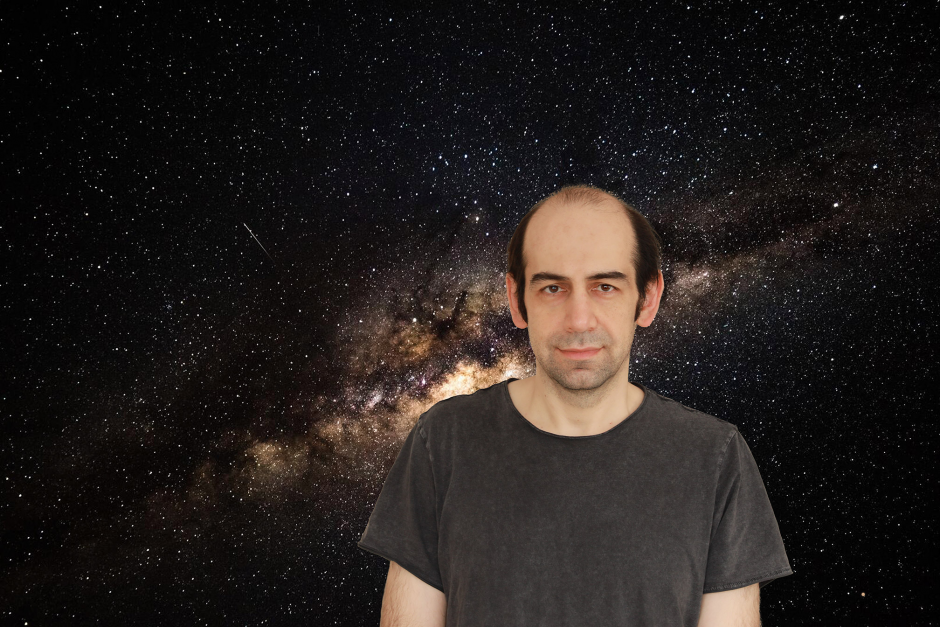
Marta Bryan
Marta L. Bryan received her BA in astrophysics from Harvard in 2012 and a PhD in astrophysics from Caltech in 2018. She held both a 51 Pegasi b postdoctoral fellowship and an NHFP Sagan Fellowship at UC Berkeley before starting her current position as an Assistant Professor at the University of Toronto on January 1 2023. Bryan employs a wide range of observational techniques to combine detailed characterization of individual extrasolar gas giants with statistical evaluation of system architectures to achieve a deep understanding of planet formation. Her work was recently recognized with the 2023 Annie Jump Cannon Award from the American Astronomical Society.
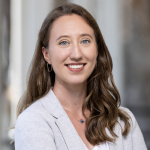
Sean Dougherty
Sean Dougherty is the Director of the Atacama Large Millimetre Array, the world’s foremost millimeter/submillimeter interferometer array located at 5000m altitude in the Atacama region of northern Chile. Before moving to Chile, he was Director at the Dominion Radio Astrophysical Observatory, Canada’s national radio astronomy facility and part of the National Research Council’s Herzberg Astronomy and Astrophysics Research Centre. There, he managed NRC’s work on the design of the correlator for the Square Kilometre Array (SKA), as well as the production, installation and commissioning of the WIDAR correlator for the Jansky Very Large Array (VLA) in New Mexico, USA. He has served on many science and engineering advisory committees, including for the SKA, ASTRON, NRAO, NSF, Smithsonian CfA and MPIfR. Sean is originally from the UK where he achieved a BSc in mathematics and physics from the University of Nottingham in 1983 before heading to Canada, where e attained an MSc in Applied Geophysics (1986) and PhD in astrophysics (1993) from the University of Calgary. Outside of work, he is an avid mountaineer & rock climber, cyclist, and harmonica player.
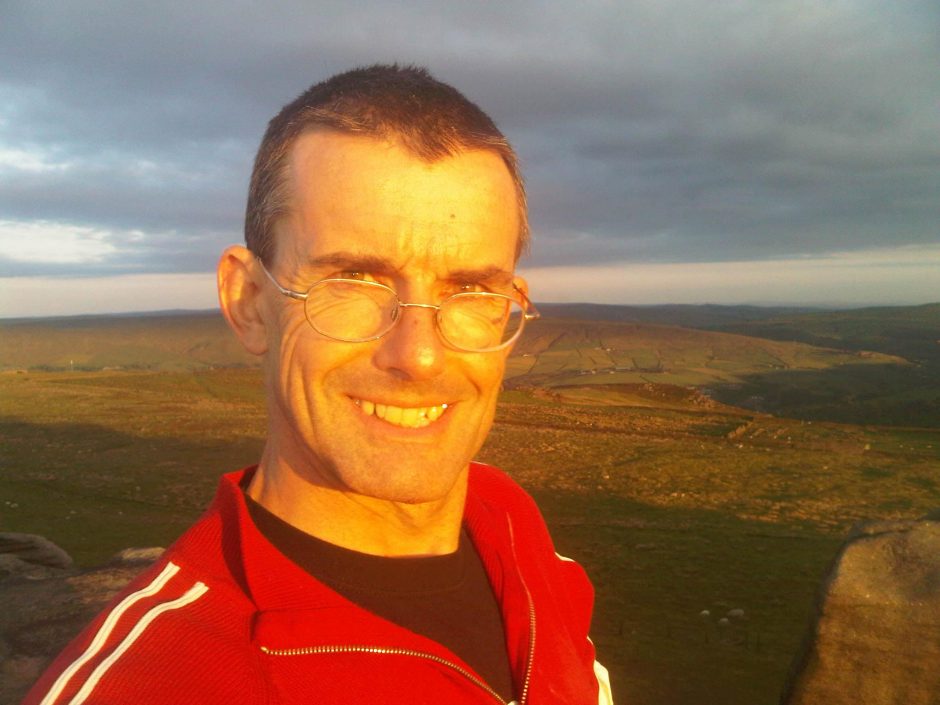
Maria Drout
Maria Drout is an Assistant Professor in the Department of Astronomy & Astrophysics at the University of Toronto. Her research focuses on understanding the evolution, influence, and ultimate fate of massive stars. In particular, she uses ground and space-based telescopes to study supernova explosions and other exotic transients, as well as populations of massive stars in nearby galaxies. Drout was previously a Hubble Fellow at the Observatories of the Carnegie Institution for Science and received her PhD in 2016 from Harvard University.
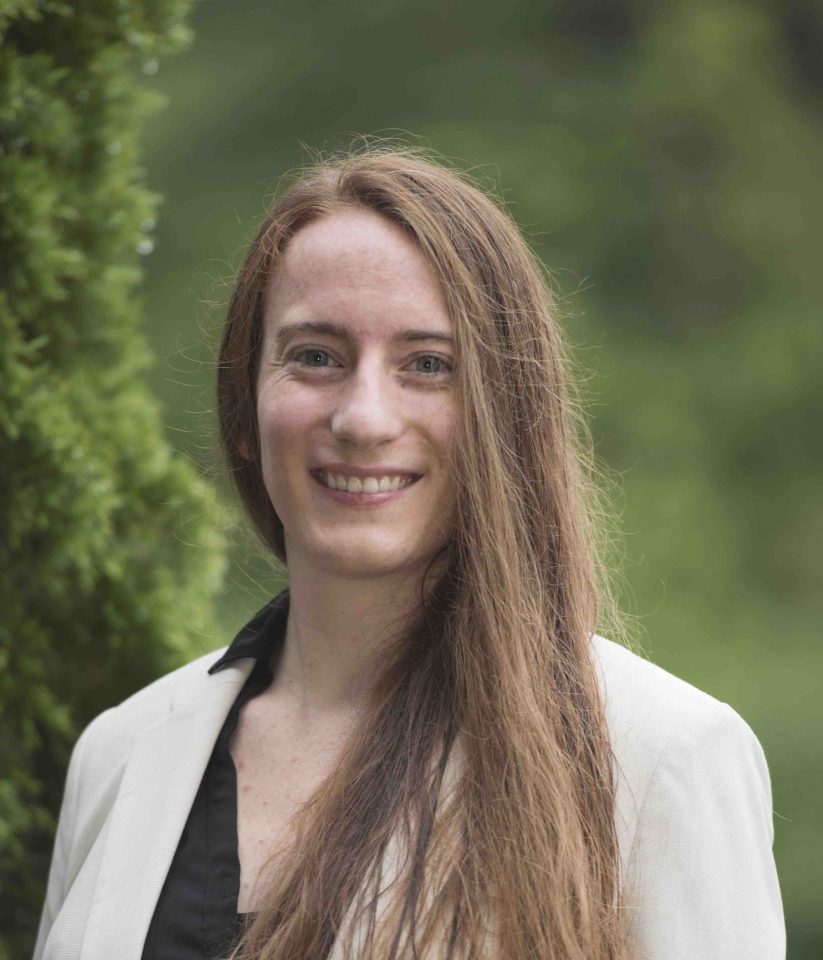
Louise Edwards
Born and raised in Victoria, BC, Dr. Louise Edwards joined the faculty at Califorina Polytechnic State University in August, 2016, having been a lecturer in the Yale Astronomy department for 4 years prior. She was also an Assistant Professor of Physics at Mount Allison University, and held postdoctoral positions at the California Institute of Technology’s Infrared Processing and Analysis Center and at Trent University. She received her PhD in Physics from Laval University in Quebec, in 2007. Optical and infrared spectroscopy, along with photometric data from X-ray, through to Radio wavelengths allow Dr. Edwards to study the formation and evolution of galaxies. She is particularly interested in the cores and in fall regions of rich galaxy clusters and excited about what the Legacy Survey of Space and Time. In 2002, she was pictured on a Canadian stamp.
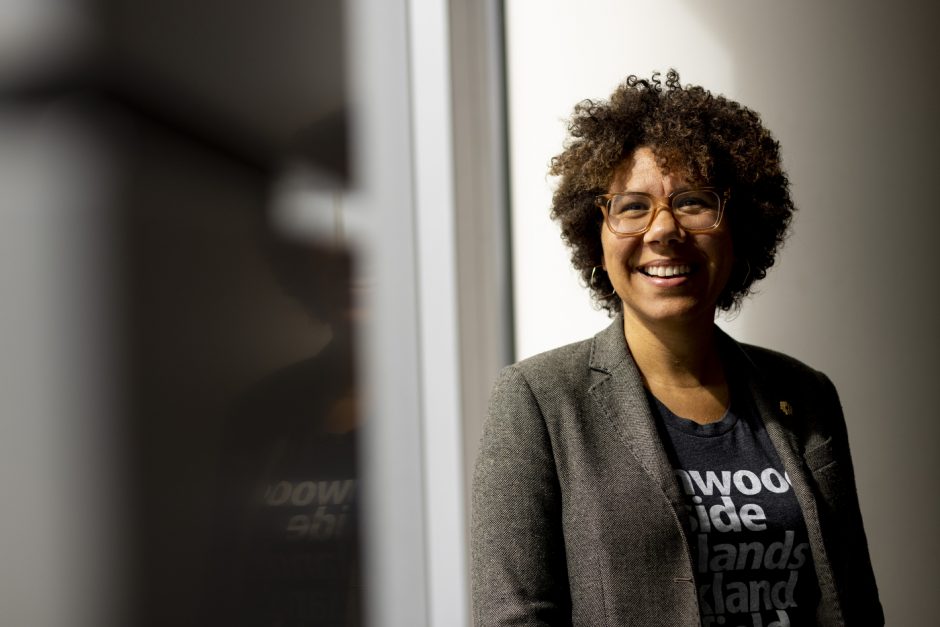
Tom Landecker
Tom Landecker is a Researcher Emeritus at DRAO, in Penticton, B.C. As a graduate student, he was afflicted with an incurable enthusiasm for radio astronomy. He came to DRAO as a postdoc in 1969 with a PhD. In Electrical Engineering from the University of Sydney (Australia). At DRAO he contributed to the design and construction of the DRAO Synthesis Telescope, and has pursued Interstellar Medium research using that telescope and other radio telescopes. Through adjunct professorships at the University of Alberta (Edmonton), the University of Calgary (Calgary), and the University of British Columbia Okanagan (Kelowna), he has supervised graduate students, working on astronomy and engineering research. From 1994 to 2007 he was Director of DRAO, and during that time managed the Canadian Galactic Plane Survey, a partnership of DRAO and university scientists, investigating the ecosystem of the interstellar material of the Milky Way. An abiding focus of his research since the mid 1980s has been the magnetic field of the Milky Way, observed through the polarization of its radio emission. The astronomical research that he most enjoys is done with telescopes that he has had a hand in building; the engineering research that he most enjoys is directed at telescopes that he will use.
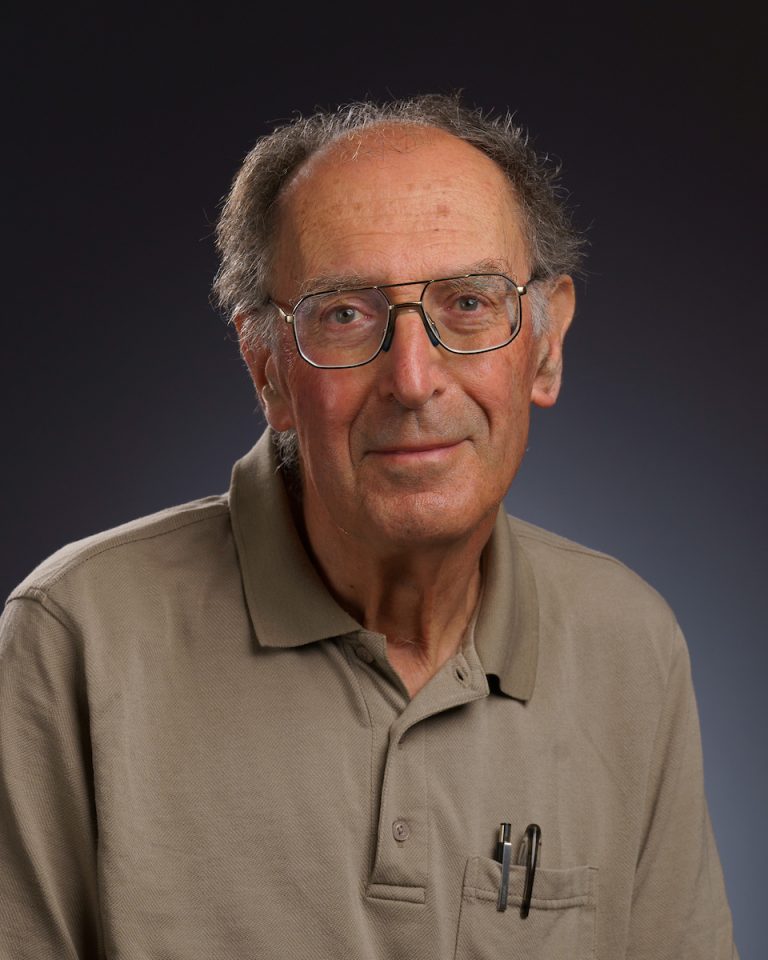
Juan Mena-Parra
Juan Mena-Parra develops novel instrumentation and experiments for observational cosmology and time-domain astrophysics. He studied electronic Engineering at Universidad de Antioquia (Colombia) and Honours Mathematics and Physics at McGill University. He completed his PhD in Physics at McGill University in 2018 working in the McGill Cosmology Instrumentation Laboratory. Following his PhD, he was a Kavli Fellow at the Kavli Institute for Astrophysics and Space Research at the Massachusetts Institute of Technology. Juan joined the Dunlap Institute and the David A. Dunlap Department of Astronomy and Astrophysics at the University of Toronto as an Assistant Professor in 2022.
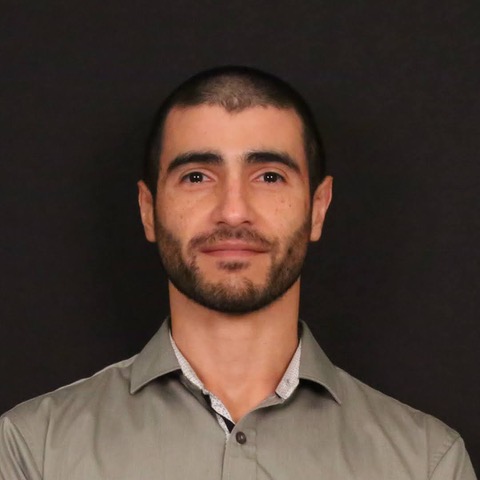
Jorge Moreno Soto
Jorge Moreno is an Associate Professor of Physics and Astronomy at Pomona College, and a theoretical astrophysicist with expertise in galaxy evolution. Prof. Moreno employs high-performance supercomputers to simulate galaxy assembly, has published ~50 peer-reviewed articles and has delivered over 100 invited colloquia worldwide. In addition to being a world renowned scientist, Prof. Moreno is an award winning teacher and mentor who is devoted to decolonizing their classroom, mentoring style and research — including the creation of anti-hierarchical classrooms, decolonizing symposia, the interrogation of violent language in their discipline and the proposition of astromimicry as a blueprint to create more welcoming academic spaces. Prof. Moreno is the fourth Mexican scholar to earn tenure in astrophysics in the United States (the seventh outside Mexico), directed the Harvard-Aztlán Institute, and served as chair of the Committee on the Status of Minorities in Astronomy (AAS) during the Trump years.
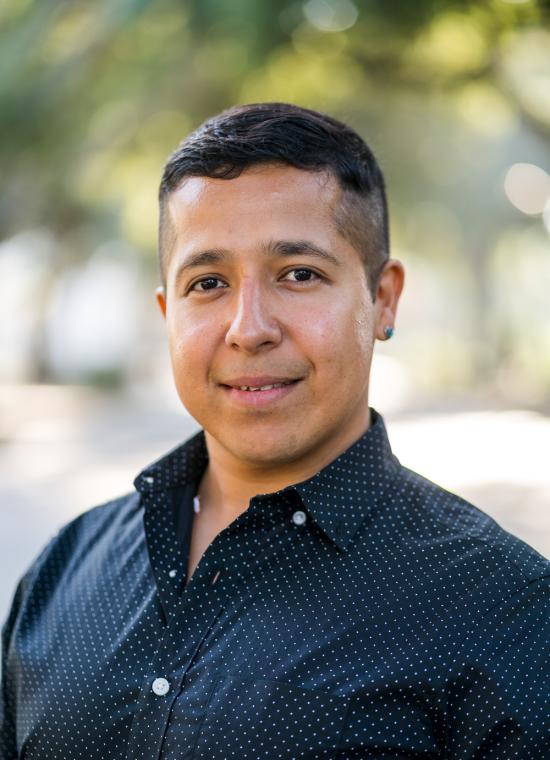
Scott Roberts
Scott Roberts is the Director of Research, Astronomy Technology at National Research Council Canada Herzberg Astronomy and Astrophysics Research Centre. Scott has more than twenty-five years’ experience in engineering, management, and leadership in the development of astronomical instrumentation and telescopes. He received an Outstanding Achievement Award from the National Research Council Canada in 2005 for his leadership in developing a Canadian concept for the next generation of optical telescopes. He held several leading roles in the Thirty Meter Telescope project between 2003 and 2019 including Systems Engineering Lead. Scott is a registered Professional Engineer in the province of British Columbia. He has a bachelor’s and master’s degree in mechanical engineering from the University of British Columbia.
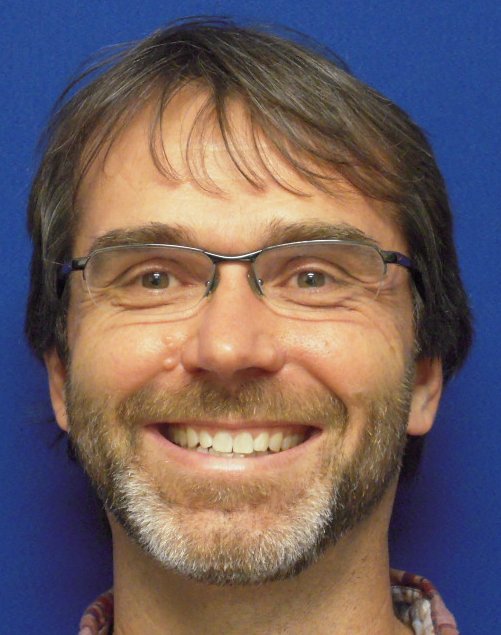
Samar Safi-Harb
Samar Safi-Harb is Professor of Physics and Astronomy at the University of Manitoba (U of M) and Tier 1 Canada Research Chair in Extreme Astrophysics. She received her undergraduate degree in Physics from the American University of Beirut, her Masters and PhD degrees from the University of Wisconsin- Madison. She subsequently held a NASA postdoctoral fellowship at the Goddard Space Flight Center in Maryland, before moving to UofM as an NSERC University Faculty Award fellow, followed by a Tier 2 Canada Research Chair position in Supernova Remnants Astrophysics. Her eXtreme astrophysics team researches high-energy phenomena associated with the death of stars, the diversity of compact objects and associated outflows, the formation of the heavy elements and the acceleration of cosmic rays, and has been growing to tackle multi-messenger astrophysics. She has been active in science working groups (SWG) planning future astrophysics missions; she is currently leading the Compact Objects-Supernova Remnants SWG for the Advanced X-ray Imaging Satellite (AXIS) (a NASA probe mission concept designed to be the premier next generation high-angular resolution X-ray mission) and the CSA’s FAST (Flights and Fieldwork for the Advancement of Science and Technology) grant for Colibrì—Canada’s flagship X-ray mission concept for the 2030s designed to have unparalleled timing and energy resolution. She is passionate about public outreach and improving the climate for the next generation of physicists and scientists and is highly engaged in community service. Among her recent Canadian activities, she served on CASCA’s board of Directors, as CASCA’s Vice-President, as the inaugural Lead for Equity, Diversity and Community in the Faculty of Science at UofM, co-organizer of the first Turtle Island Indigenous Science Conference, and is currently Chair of the Women in Physics Canada Conference (WIPC2023) to take place at the UofM this summer.
